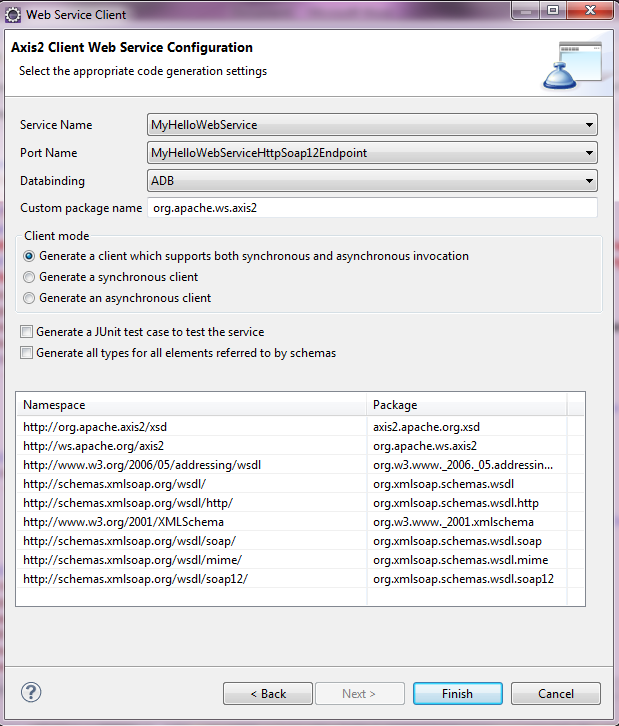
- #Amazon services json query how to
- #Amazon services json query full
- #Amazon services json query professional
This format, i.e., structured, semi-structured, or unstructured, refers to how the data is organized within the file. And as we’ll see, the optimal way to access a particular type of data will strongly depend on how it’s formatted. Because we often need to search for data that matches some criteria, the way we organize our data determines whether our applications can support 100 users or 100 million. This issue − not knowing exactly where a piece of data is − is where a big Dropbox folder fails us as the amount of data grows. But unless the file contains strictly the data you requested, you’ll need to then search through the file to extract the relevant data. As long as you know the name of the file containing the data you want, Dropbox will fetch the file when requested. We could throw all our files into a big Dropbox folder, with photos mixing with config files and CSVs. But “data” is a broad term − is it raw videos and text transcripts? A user profile and activity logs? Python and R scripts? Grainy screenshots of Excel? So we see that it’s useful to store data in the cloud so it’s secure, accessible by code, and highly-available. And as long as your internet connection is reliable, you should be able to access the data at any time − AWS, for example, guarantees an uptime of 99.9%, 99.99%, or 99.999% depending on your application. We can use SDKs (software development kits) to access the data straight from our code, which is critical for scaling any application beyond a tiny handful of users. As with Dropbox or Google Drive, you can simply send data through a link: “click here to access the database.” This data can be made read-only, with fine-tuned access rules − if your teammate turns out to be a spy from the competition, you can instantly turn those URLs into error messages the next time they try to fetch the data.

It’s also a lot of trust to hand over all the data right away − what if this new person leaves, taking everything with them to share with competitors or malicious actors?Ĭloud storage is designed to address these issues. You could copy the data to their laptop, but what if there’s more data than can fit on your teammate’s computer? Once the work starts, syncing changes across datasets is a headache waiting to happen.

Hopefully everything’s backed up to a hard drive.īut what happens when you want to add someone to your project? It doesn’t make sense to take turns using your laptop. Maybe you have a few CSVs in the same folder as your Jupyter Notebook or R scripts. When you work alone on a small project, you probably don’t think too hard about data storage. (For an intro to the cloud industry in general, check out the last post.) Stay tuned for a follow-up post on compute, the other major offering of the cloud.
#Amazon services json query how to
We’ll set up our software environment before showing how to efficiently store blobs, tabular data, and JSONs in Amazon Web Services (AWS). So how can we set up cloud storage? What’s the right type of storage for our data? And how can we interact with cloud storage directly from code, rather than needing to click around in a UI?

Cloud servers don’t turn off when you close your laptop, and you don’t have to worry about nefarious users fetching your private data. If you ever start a company that shares data − like, say, thousands of 4K movies and shows for a low monthly fee (😛) − you’ll want to store this data on a cloud server.

#Amazon services json query professional
You can recover your texts if you lose your phone you can share files with links instead of massive email attachments you can organize and search your photos by who’s in them.īut these benefits extend into the professional realm, too. Unless you’ve avoided iCloud, Dropbox, and Google Drive the last fifteen years − and if you have, props to you! − then you’re likely using cloud storage.
#Amazon services json query full
With the above data I can write the below query to get the attributes I know are there however if a new attribute is added tomorrow, my report query will not pick up that new key/value pair.Do you store your music, videos, and personal files in a garage full of hard drives? My bet is… no. The JSON key/value pairs change frequently and I need to be able to run a daily report to retrieve all key/value data from the column.įor example: create table test.json(json varchar(65000)) I have a field varchar(65000) column in my AWS Redshift database which is used to store JSON strings.


 0 kommentar(er)
0 kommentar(er)
